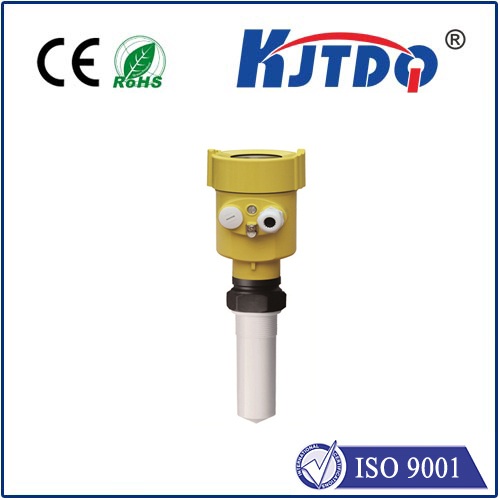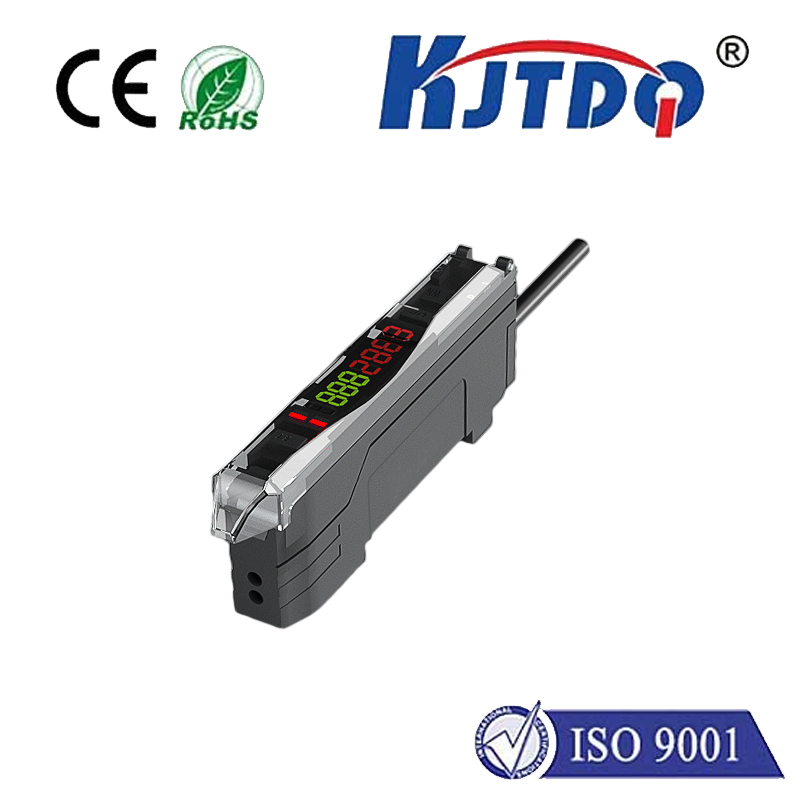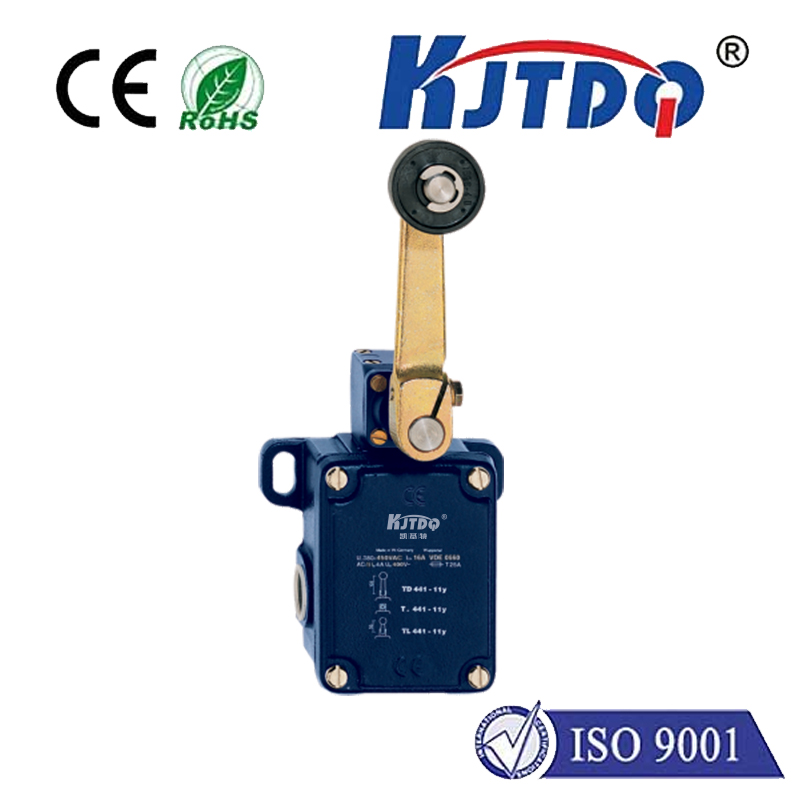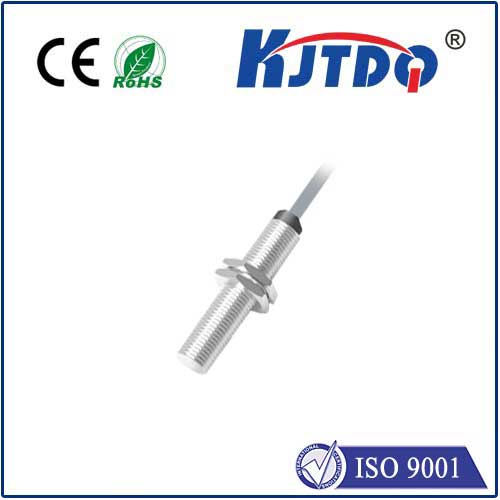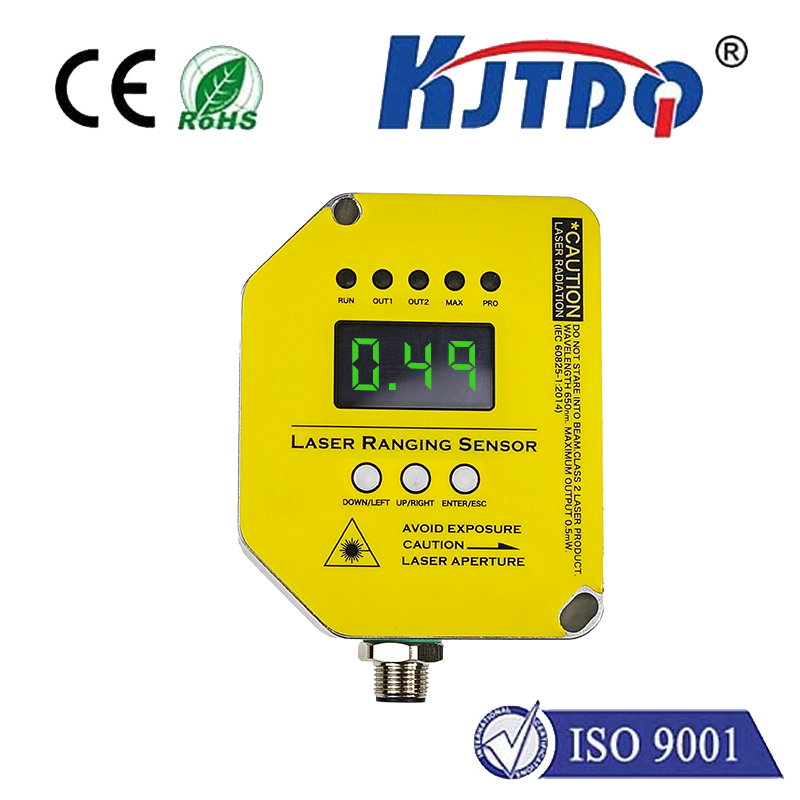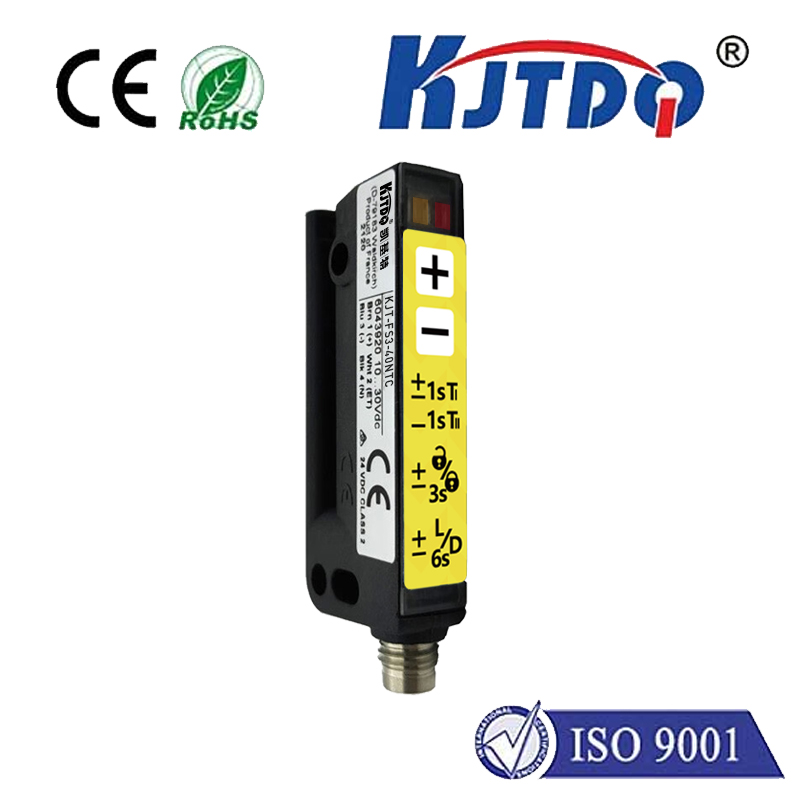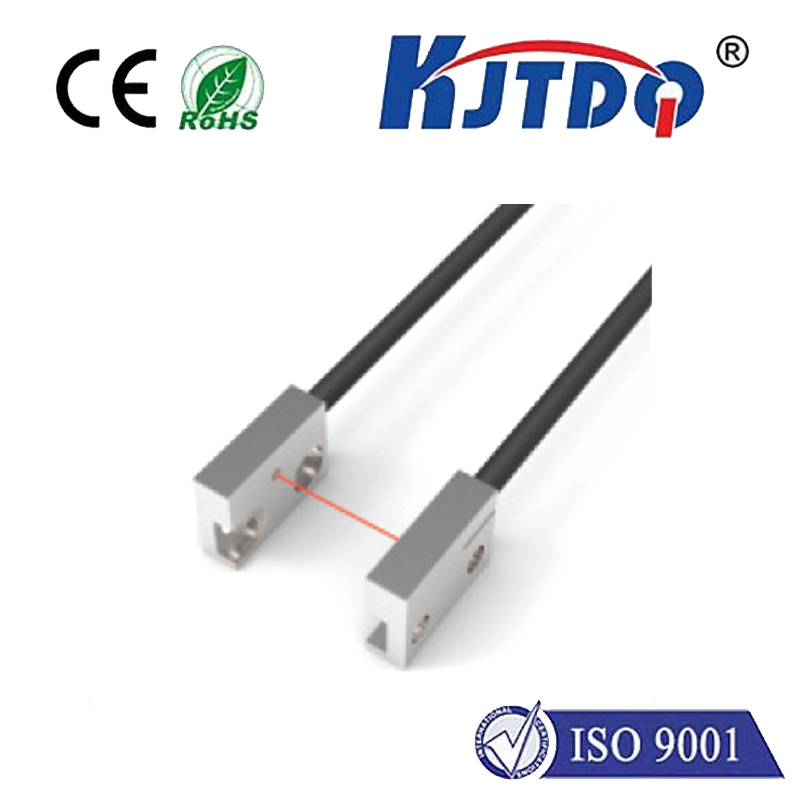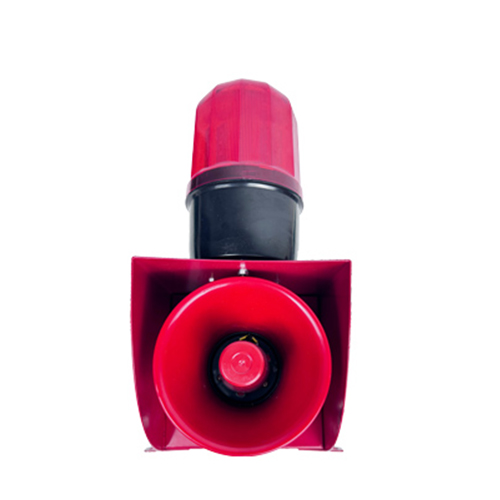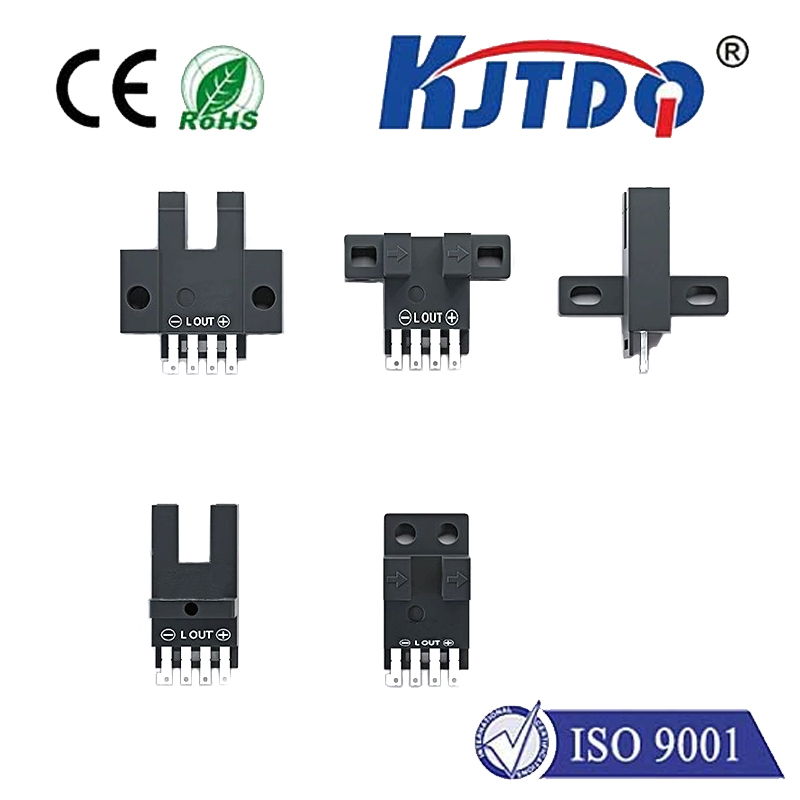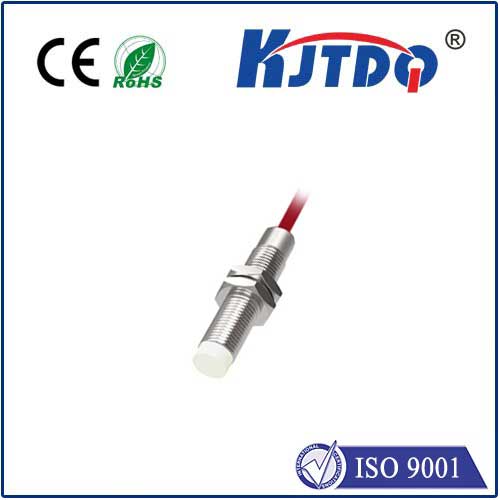photoelectric water liquid level sensor
- time:2025-07-25 03:59:56
- Click:0
Photoelectric Liquid Level Sensors: The Smart Solution for Precise Water Monitoring
Accurately measuring water levels is fundamental, whether preventing a basement flood, ensuring a water treatment process runs smoothly, or optimizing irrigation. Traditional methods like float switches have limitations – they get stuck, wear out, and struggle with impurities. So, how do modern systems achieve reliable, maintenance-free water level detection? The answer often lies in the sophisticated yet robust technology of photoelectric liquid level sensors, specifically designed for water applications.
Understanding the Core Principle
At its heart, a photoelectric water liquid level sensor operates by harnessing the properties of light interacting with air and liquid. The core principle relies on the significant difference in how light behaves at the interface between air and water.
Most sensors designed for water utilize an infrared (IR) light source (like an LED) and a photodetector housed within a specially engineered optical prism or sensor tip, typically made from chemically resistant materials like stainless steel or PVDF.
Here’s the magic:

- Air Contact (No Water): When the sensor tip is surrounded by air, the IR light emitted internally undergoes Total Internal Reflection (TIR) within the prism. This reflected light travels directly onto the photodetector, generating a “high” or “ON” signal state.
- Water Contact (Level Reached): When water rises and fully immerses the sensor tip, the optical properties change drastically. Water has a much higher refractive index than air. This breaks the critical angle required for total internal reflection. Consequently, a significant portion of the IR light refracts out into the water instead of reflecting onto the detector. The photodetector now receives drastically less or almost no IR light, triggering a “low” or “OFF” signal state.
This distinct state change – light detected (air) vs. light not detected (water) – provides a clear, unambiguous indication of the presence or absence of water at the precise point of the sensor.
Why Choose Photoelectric Sensors for Water?
Compared to mechanical or simple conductive probes, photoelectric sensors offer compelling advantages for water level detection:
- Non-Contact Operation: The sensing element doesn’t rely on moving parts that physically touch the water or float mechanisms prone to fouling. This makes them highly reliable and immune to issues like sticking, jamming, or mechanical wear caused by sediment or scale – common problems with float switches.
- Immunity to Water Properties: They are largely unaffected by the electrical conductivity, color, or transparency of the water. This makes them suitable for clean water, wastewater, slightly turbid water, or even water with additives – conductive sensors fail with pure water, and float switches foul easily.
- Precision Point Sensing: They provide an exact point-level detection – either the sensor tip is submerged or it’s not. This is ideal for critical control points like high/low alarms or pump control at specific levels in tanks, reservoirs, boilers, or sumps.
- Minimal Maintenance: With no moving parts exposed to the liquid and resistance to common water issues like scaling or biological growth (especially with proper material choice like PVDF), these sensors require significantly less maintenance than mechanical alternatives.
- High Sensitivity & Speed: The light detection principle enables very fast response times, crucial for rapid level changes or safety shutdowns. They can detect minute changes at the air/liquid interface almost instantaneously.
- Chemical Resistance: Critical for water applications, sensors can be constructed from chemically inert materials like specific stainless-steel grades or engineered plastics (PVDF, PTFE, PP), ensuring long life even in corrosive or treated water environments.
- Reduced Fouling Issues: While no sensor is entirely immune to severe fouling, the smooth tip design and non-contact nature inherently resist clinging debris or buildup better than floats or probes with crevices. Some models even feature sonic cleaning capabilities.
- Bubble & Foam Immunity: Unlike ultrasonic sensors that can be confused by surface foam, or conductive sensors affected by bubbles, photoelectric sensors typically operate reliably unless thick sludge completely encases the tip.
Key Water Applications Where Photoelectric Sensors Shine
The robustness and precision of photoelectric level sensors make them invaluable across numerous water-centric industries and scenarios:
- Water & Wastewater Treatment: Monitoring levels in tanks, clarifiers, filter beds, chemical dosing tanks, and lift stations for pump control and alarms. Resistance to chemicals and varying water quality is key.
- Residential & Commercial Pumps: Sump pump control in basements, sewage ejector pits, and water storage tanks for preventing overflow or dry-running conditions. Reliability and minimal maintenance are critical.
- Industrial Process Water: Level control in boilers, cooling towers, rinsing tanks, and process water reservoirs within manufacturing plants. Precision and material compatibility are essential.
- Irrigation Systems: Managing water levels in storage tanks and controlling pump operation to ensure adequate supply while preventing overflow waste.
- HVAC Systems: Monitoring condensate levels in drip pans to prevent overflow damage and potential microbial growth.
- Appliance Manufacturing: Integrated into appliances like water coolers, coffee machines, dishwashers, and washing machines for fill level control and leak prevention.
- Aquaculture & Hydroponics: Maintaining precise water levels in tanks and troughs for optimal growth conditions.
Important Considerations for Water Use
While highly versatile, optimal performance with water requires attention to:
- Sensor Tip Material: Choose stainless steel for most general water applications or high-performance plastics (PVDF, PTFE) for highly aggressive chemicals or ultrapure water.
- Temperature Range: Ensure the sensor is rated for the operating temperature range of your specific water application.
- Mounting Location: Position the sensor tip where level detection is critical. Avoid areas prone to turbulence or splashing that could cause false triggering. Consider whether you need top-mount (pointing down) or side-mount options.
- Pressure Rating: Verify the sensor body can withstand the static or dynamic pressure within the tank or pipe.
- Output Type: Select the required electrical output (e.g., PNP/NPN transistor, relay, analog) compatible with your control system (PLC, pump controller, alarm unit).
The Clear Choice for Smart Water Level Management
Photoelectric water liquid level sensors represent a significant leap forward in reliability, precision, and low-maintenance operation compared to legacy technologies. Their ability to provide clear, unambiguous point-level detection based on the fundamental properties of light, combined with robust construction and immunity to challenging water conditions, makes them an indispensable tool across countless industries where water level control matters. Whether preventing costly water damage, ensuring process efficiency, or conserving resources, these sensors deliver the intelligence needed for smarter water management.












